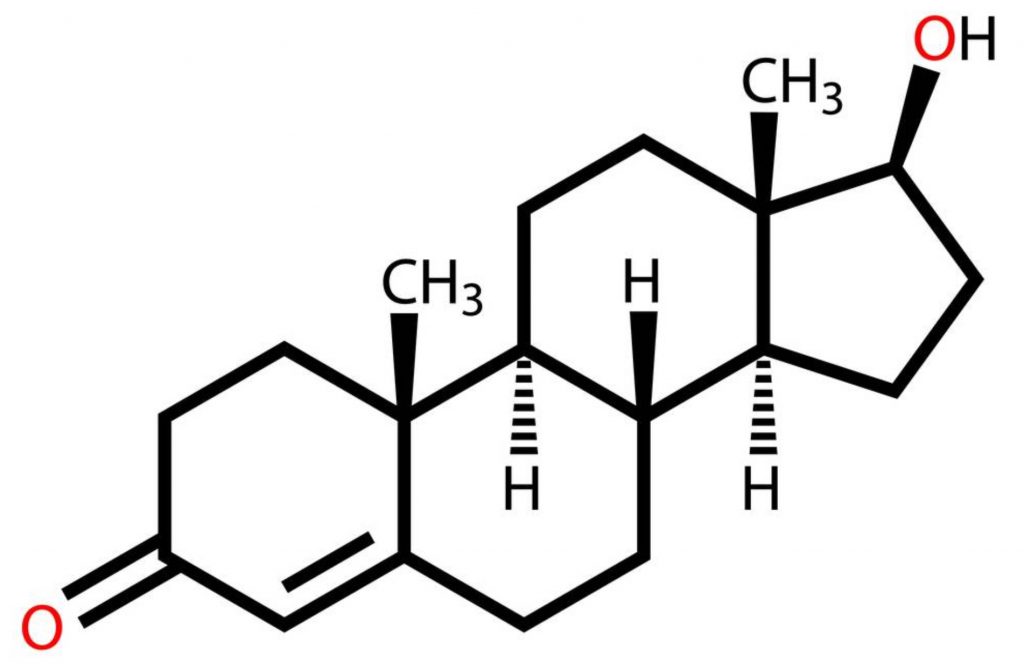
Low Testosterone in Women: Signs, Symptoms, and What to Do About It
While testosterone is often associated with men, it also plays an essential role in women’s health. Low testosterone levels in women can affect mood, energy, sexual health, and overall well-being. Understanding the signs of low testosterone in females can help you take early action and improve your quality of life.
What Is Low Testosterone in Women?
Women naturally produce small amounts of testosterone in the ovaries and adrenal glands. This hormone supports libido, bone density, muscle strength, and emotional balance. As women age—or due to certain medical conditions—testosterone production may decline, leading to noticeable changes in physical, emotional, and sexual health.
Key Signs and Symptoms of Low Testosterone in Women
1. Reduced Sex Drive and Arousal
Testosterone fuels sexual desire and sensitivity in women. Low levels may result in decreased libido, less sexual fantasy, and reduced vaginal or clitoral sensitivity. Some birth control pills can also lower testosterone by binding it with estrogen, further reducing sexual desire.
A decline in women’s testosterone levels happens as they age, which negatively affects muscle mass, skeletal health, and libido by reducing sensitivity in the vagina and clitoris. Lack of testosterone could be to blame for the possible decrease in libido brought on by birth control tablets. As a result of estrogen’s binding to testosterone, a woman’s libido may decrease when taking the pill. Get innovative and integrative vaginal healthcare, powered by a state-of-the-art vaginal test kit.
Tip: If you notice a decline in sexual interest, speak with a healthcare provider about hormone testing and integrative vaginal health solutions.
2. Difficulty Achieving Orgasm
Testosterone drives sexual response and orgasm. Women with low testosterone may struggle with arousal or climax, even with sufficient stimulation. Low hormone levels can also reduce energy and mood, which indirectly affects sexual satisfaction.
3. Depression and Mood Changes
Shifts in testosterone, estrogen, and progesterone levels all impact mood. Menopause, surgical removal of ovaries, or hormonal changes may lower testosterone, increasing the risk of depression. Studies show women with lower serum testosterone often experience more intense depressive symptoms.
4. Loss of Muscle Mass and Strength
Testosterone activates androgen receptors in muscle cells, maintaining strength and preventing atrophy. Low levels can result in weaker muscles, decreased stamina, and reduced athletic performance—even without visible muscle loss.
5. Bone Density Loss and Osteoporosis Risk
Testosterone supports bone development in women. Low levels are linked to osteoporosis and increased fracture risk, especially post-menopause. Some doctors recommend testosterone therapy for women with very low levels to support bone and sexual health.
6. Hair Thinning or Hair Loss
Hormonal changes, including low testosterone, can cause thinning hair or bald patches around the hairline, temples, or crown. Reduced body hair growth in the underarms or legs may also occur. Consulting a medical professional can help identify underlying causes and treatment options.
7. Poor Sleep Quality
Most daily testosterone production in women occurs during sleep. Inadequate rest can further lower testosterone levels, creating a cycle of fatigue and hormone imbalance. Prioritizing sleep hygiene can support natural hormone production.
8. Chronic Fatigue
Persistent tiredness—even after adequate rest—can signal low testosterone. Since the hormone helps sustain energy levels, reduced production may result in ongoing exhaustion, especially around age 40 and beyond.
9. Increased Body Fat
Low testosterone may contribute to midsection weight gain and higher body fat. Obesity accelerates testosterone breakdown, further reducing hormone levels. Combining a healthy diet, regular exercise, and medical guidance can help normalize hormone balance.
Testosterone Therapy Options for Women
Although most testosterone therapies are designed for men, there are options for women with clinically low levels. Treatments may include:
-
Oral pills or tablets
-
Transdermal patches or gels
-
Topical creams or lotions
-
Implantable pellets
Some postmenopausal women take Estratest, a prescription combining estrogen and synthetic testosterone. Always consult a qualified healthcare provider to evaluate your hormone levels and discuss the safest therapy.
Lifestyle Strategies to Support Healthy Testosterone Levels
-
Prioritize sleep: Aim for 7–9 hours of quality rest.
-
Exercise regularly: Strength training and moderate cardio improve hormone balance.
-
Maintain a healthy weight: Reducing excess fat helps slow testosterone breakdown.
-
Manage stress: Chronic stress disrupts hormone regulation.
-
Eat a nutrient-rich diet: Include protein, healthy fats, and micronutrients essential for hormone production.
When to See a Doctor
If you experience multiple symptoms of low testosterone, request a comprehensive hormone panel from your healthcare provider. Early diagnosis and treatment can improve your sexual health, energy, mood, and bone strength.
Takeaway: Recognize the Signs and Act Early
Low testosterone in women is often overlooked but can have far-reaching effects on sexual health, emotional well-being, and physical vitality. By understanding the symptoms, considering lifestyle changes, and seeking medical advice, you can protect your health and quality of life at every age.







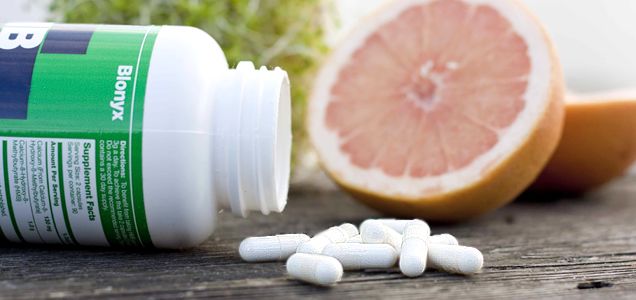

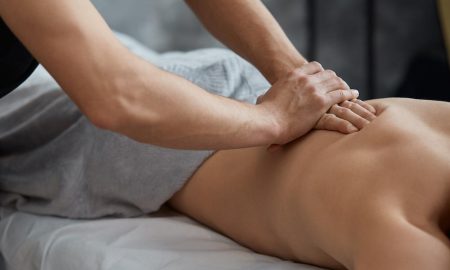


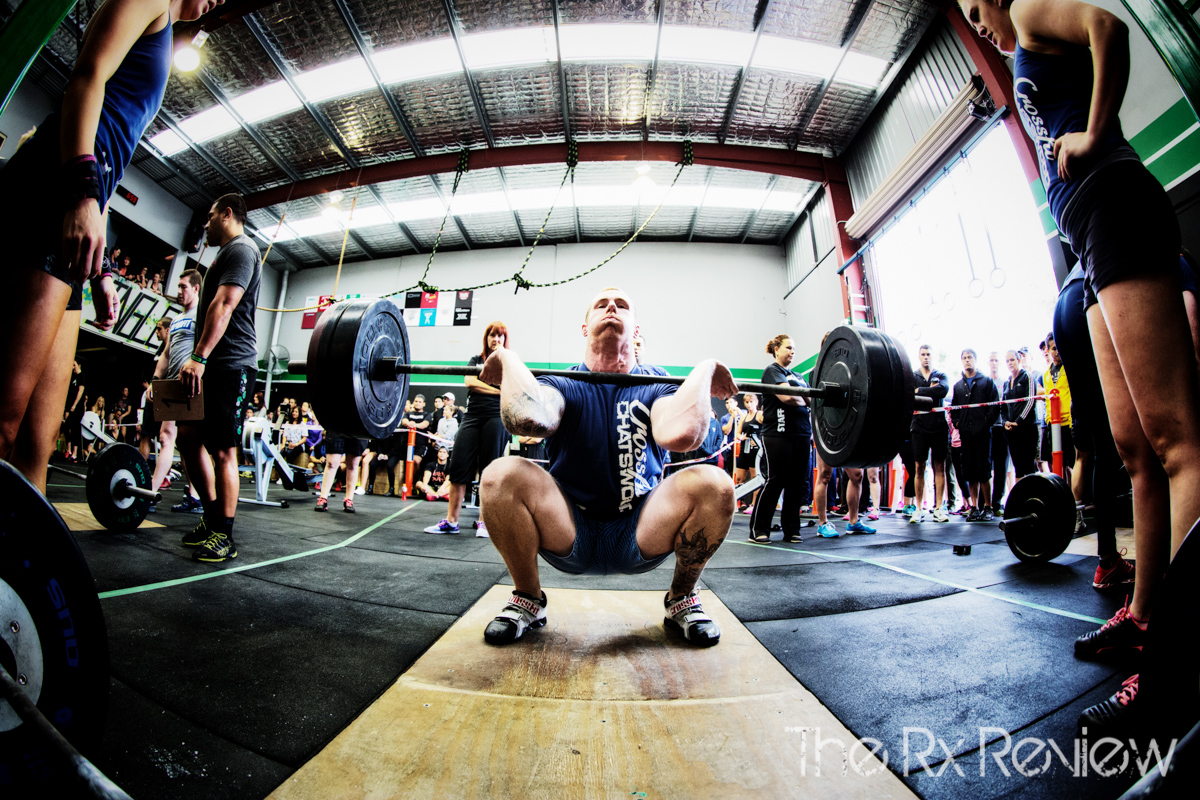


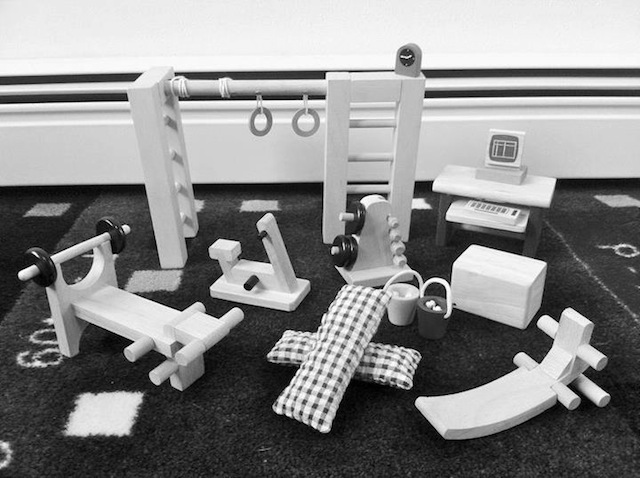

Follow Us